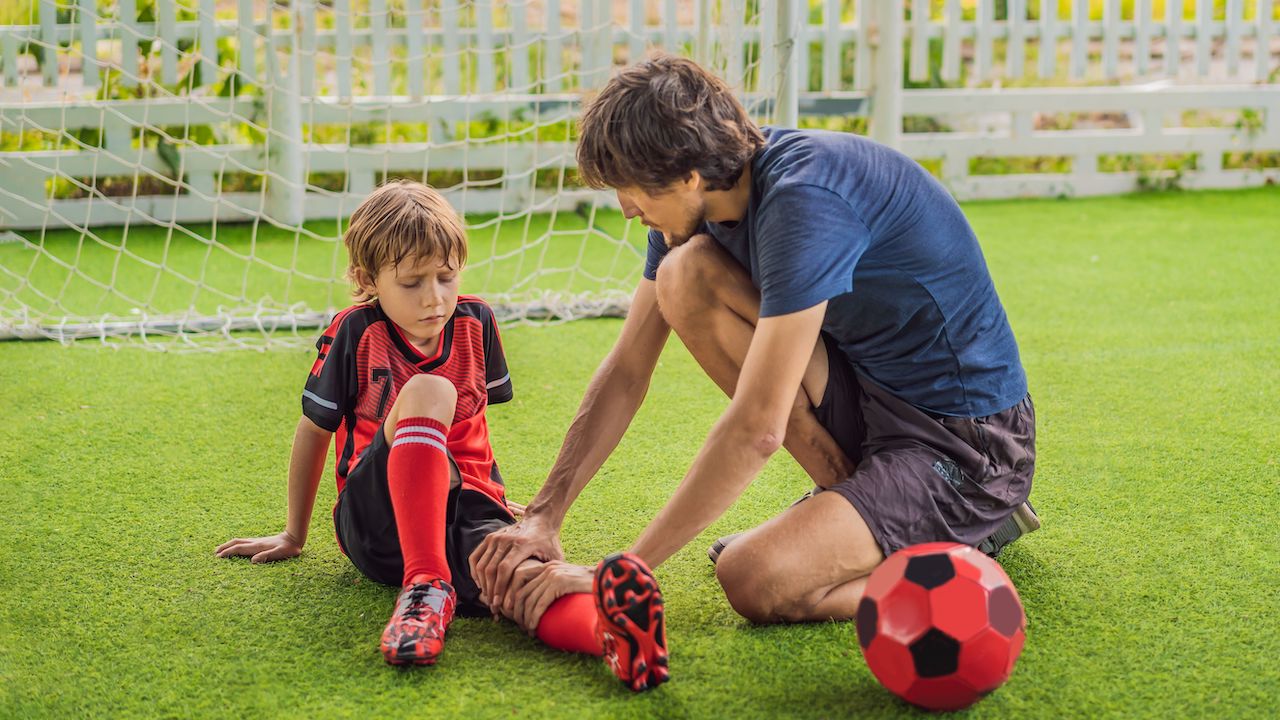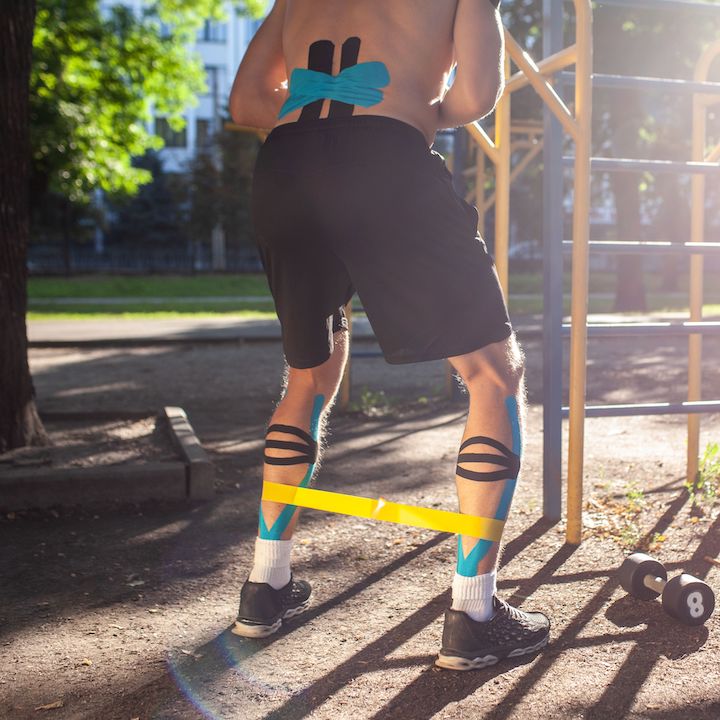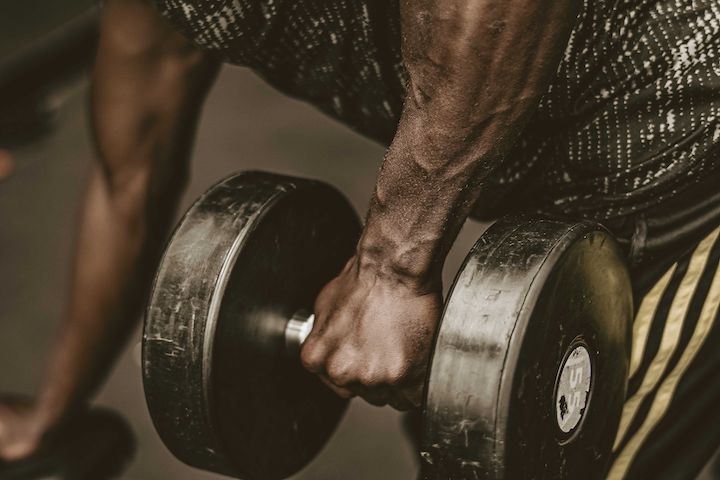

Sports injuries can be devastating, both physically and emotionally. However, you can use physical therapy to help you recover from a sports injury. Physical therapy is a great way to make the healing process go more quickly, and it can also help make sure the injury does not get worse. With the right physical therapy plan, you can get back to doing the activities you love in no time.
The key is finding the right physical therapy plan for you. Physical therapy can be tailored to your specific needs, so you can get the most out of your recovery process.
In this article, we will explore how to create a personalized recovery program and identify the types of physical therapy treatments that can help your specific sports injury. We will also discuss the importance of strength and conditioning exercises, ice and heat therapy, nutrition, massage therapy, and mind-body connections for healing.
Check out our Complete Guide to Physiotherapy for a more deeper exploration into the wonders of Physical Therapy.
You may be wondering how physical therapy can help you, and the answer is that it can provide numerous benefits!
Physical therapy can help you recover from a sports injury in a number of ways. It can help you stay active while you heal, as your physical therapist can provide exercises that are tailored to your specific injury. This can help you ease back into activity while allowing your injury to heal.
Physical therapy can also help you prevent the recurrence of an injury. Your physical therapist can provide you with exercises and stretches that can help you strengthen the muscles around the injury, helping to prevent future injuries as well.
Physical therapy can also give you information about the proper form to use when performing certain activities that may have caused the injury in the first place. By understanding how to use the correct form, you can help avoid future injuries. It’s also important to choose a good physiotherapist.
Creating a personalized recovery program is an essential part of healing from a sports injury and preventing re-injury.
Your physical therapist can help you create a plan that includes a timeline for your rehabilitation, an outline of which exercises you should be doing and when, a schedule for tracking progress, and guidelines for when to return to your sport.
 Photo Credit: Yourapechkinphotos
Photo Credit: Yourapechkinphotos
They will work with you to design a program that is tailored to meet your individual needs and goals. They’ll make sure you’re taking the necessary steps to safely return to your sport and avoid further injury.
Creating a personalized recovery program can help you make a successful return to your desired activity. If you want to know how physical therapy can vastly benefit preventing injury in the first place, see our guide to chronic pain management and injury prevention.
Harnessing the power of the body’s natural healing process, physical therapy treatments can help you reach your fullest potential. A physical therapist can provide you with a personalized recovery plan incorporating various treatments such as stretching techniques and hydrotherapy.
Stretching exercises can help improve your flexibility and range of motion, reduce pain, and make daily activities easier.
Hydrotherapy is another type of physical therapy treatment that involves the use of water to reduce pain and swelling. It can also help improve blood circulation and promote relaxation. Both of these treatments can be beneficial in helping you to recover from a sports injury.
Curious how water can come in handy during physiotherapy? Here’s how Aquatic Therapy can help numerous areas that you’ve probably never thought of.
No matter what type of physical therapy treatment you choose, it is important to work closely with your physical therapist to ensure you are getting the best possible treatment for your specific sports injury.
Your physical therapist will be able to assess your condition or sports injury and create a personalized recovery plan that is tailored to your needs. With the right combination of treatments, you can be well on your way to a full recovery and back in the game in no time.
No matter what you do, it’s impossible to outrun the effects of aging – yet with the right strength and conditioning exercises, you can certainly try!
Strength and conditioning exercises are an important part of physical therapy treatment for recovering from a sports injury. These exercises help to build strength and stability, as well as improve range of motion. For more details, check out our guide to strength training in physical therapy.
 Photo Credit: Niragire Tresor
Photo Credit: Niragire Tresor
When it comes to strength and conditioning exercises, there are two main types of exercises to consider: stretching techniques and muscle activation. These exercises can be tailored to your specific needs and abilities, making them a great way to get back on track after a sports injury.
Stretching techniques help to improve the flexibility of your muscles and ligaments, allowing you to move with greater ease and less risk of re-injury. On the other hand, muscle activation exercises help to activate weak or dormant muscles to help you move more efficiently.
Ice and heat therapy can be a powerful tool to reduce pain, swelling, and stiffness, allowing you to get back to doing what you love. Whether you are recovering from a sports injury or just looking to prevent one, adding ice and heat therapy to your recovery plan is essential.
Cold water therapy, such as an ice bath, can reduce inflammation by constricting blood vessels and reducing the amount of fluid in the area, as well as diminishing pain signals from the nerves. Restorative yoga can also be used to reduce inflammation and increase blood flow, allowing your body to heal faster.
Heat therapy can also be beneficial for injury recovery and pain management. Heat helps to relax muscles, improve circulation, and reduce pain. Heat therapy can be used to reduce stiffness and spasms, allowing you to move more freely. Applying a heating pad, hot compress, or using a hot water bottle can all be effective ways to reduce pain and stiffness within your sports injury.
| Cold Therapy | Heat Therapy |
|---|---|
| Ice Bath | Heating Pad |
| Restorative Yoga | Hot Compress |
| Cold Water Therapy | Hot Water Bottle |
Nutrition plays an integral role in the healing process, helping to ensure your body has the energy and nutrients it needs to rebuild and restore. Optimizing your diet and assessing the use of supplements can help you maximize the benefits of physical therapy in recovering from a sports injury.
 Photo Credit: Viktoriia M1
Photo Credit: Viktoriia M1
A balanced diet of lean proteins, healthy fats, complex carbohydrates, and plenty of fruits and vegetables can provide your body with the essential nutrients it needs to repair itself. It’s also important to increase your intake of omega-3 fatty acids, which have been shown to help reduce inflammation and aid in the healing process.
Additionally, certain vitamins and minerals, such as Vitamin C and zinc, can help fortify your body against infection while it repairs itself. Your physical therapist can help create a nutrition plan that is tailored to your specific needs. They can also recommend the right supplements to ensure you’re getting the right nutrients for your sports injury recovery.
Eating regular, smaller meals throughout the day can help you maintain balanced energy levels, which can be beneficial for physical therapy sessions. Lastly, make sure to stay hydrated throughout the process, as water is essential for the body to function optimally and promote healing.
Massage therapy can provide numerous benefits for your athletic body, including physical and mental relaxation, increased circulation, and a reduced risk of injury.
For example, one study found that massage therapy can reduce muscle tension and inflammation, leading to improved performance and overall well-being. Whether used as part of pre-event sports injury prevention techniques or post-event rehabilitation techniques, massage therapy can help you recover from a sports injury faster. It can also help reduce the risk of re-injury and improve physical performance, enabling you to compete at a higher level.
Massage therapy can also provide mental relaxation and stress relief, allowing you to stay focused on your goals. By reducing tension, massage therapy can also help improve your range of motion and flexibility, helping you to reach your peak performance. Here’s everything massage can do in physical therapy.
Now that you’re aware of the physical benefits of massage therapy, it’s important to also consider the mental and emotional benefits that come with incorporating mind-body connections into your healing journey of any sports injury.
By recognizing the importance of finding a balance between your mental and physical health, you can begin to take steps towards a better understanding of your body and how to heal it.
 Photo Credit: Andrea Piacquadio
Photo Credit: Andrea Piacquadio
Mind-body connections can be achieved through simple activities like meditation, yoga, and deep breathing. Taking time to create mental clarity can help improve your mood and reduce stress, which can in turn help reduce inflammation in the body. Even sleep can assist you in physical therapy.
Additionally, by taking time intentionally to focus on the mind-body balance, you can also learn to recognize when something may be wrong and take preventive measures to ensure your long-term physical health. Here are four tips for incorporating mind-body connections into your healing journey:
Attending physical therapy sessions is a key component of recovery from a sports injury. Generally, your physical therapist will recommend attending two to three sessions per week, depending on the severity of your injury.
During these sessions, your physical therapist will guide you through stretching techniques, corrective exercises, and other therapies to help speed up your recovery. Regular attendance of physical therapy sessions can help you recover more quickly and safely from your sports injury.
It’s difficult to give an exact answer to how long it will take to recover from your injury, as everybody is different and healing times can vary depending on the severity of the injury.
However, with regular stretching exercises, physical therapy sessions, and a strong mental focus, you can speed up the process of recovery. Regular visits to physical therapy can help you identify weaknesses in your injury, and allow you to gain confidence in your body’s ability to heal.
Don’t let the fear of injury hold you back from living an active, healthy lifestyle. With the right tools and support, you can recover from your sports injury and be back on the playing field faster than you thought possible.
You may be wondering if there are any home remedies you can use to speed up your recovery from a sports injury. The answer is yes!
Ice therapy, stretching exercises, and rest are all great ways to help your body heal and get back to optimal functioning. Applying an ice pack to the injured area can help reduce inflammation while stretching exercises can help keep the muscles and joints flexible.
Make sure you give your body plenty of rest and don’t do too much too soon. With the right combination of home remedies, you can get back on the field in no time!
You might be wondering if physical therapy is risky. The truth is, it’s actually one of the safest non-invasive treatments out there.
While hydrotherapy can be done at home, a physical therapist can help you find the right exercises and stretches to reduce the risk of further injury.
In fact, physical therapy can be an effective way to reduce pain and increase mobility, helping you get back in the game.
Preventing future sports injuries is a top priority for any athlete. To do so, it’s important to incorporate strengthening exercises and proper stretching into your workout routine.
Strengthening exercises help to build the muscles in your body that support the joints, preventing injury and increasing your performance. Proper stretching helps to increase flexibility and range of motion, which can help protect you from injury and improve your athletic performance.
Making strengthening exercises and proper stretching a part of your regular routine can help you stay healthy and injury-free.
Recovering from a sports injury can be daunting, but with physical therapy, you can get back to your active lifestyle. Just like a caterpillar transforming into a butterfly, physical therapy can help you soar in the face of adversity.
With the right recovery program, treatments, exercises, and therapies, you can be back on the field in no time. So don’t be discouraged by an injury, because with physical therapy, you can achieve your goals and get back to your sport.
Take a look at how chiropractic care can help with preventing sports injuries as well.
There are no results matching your search.
Reset